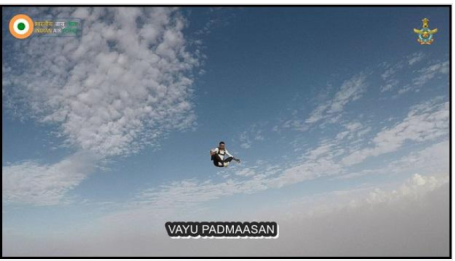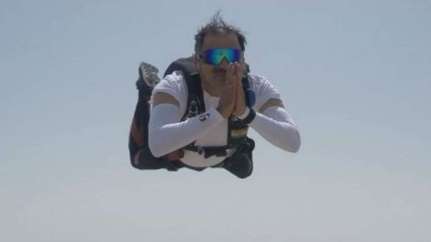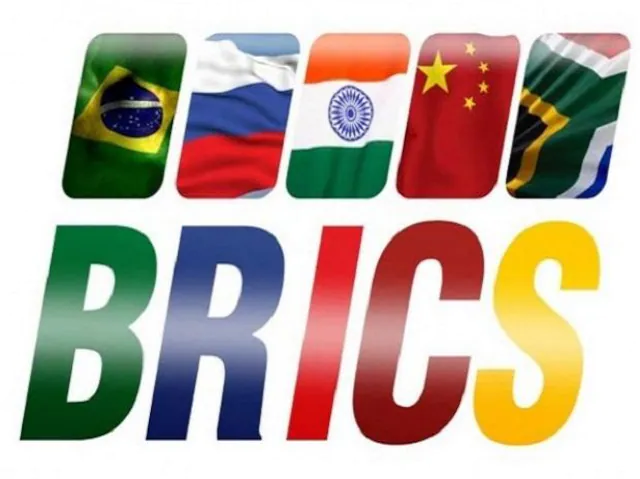Wipro’s Chief Strategy Officer Rishad A Premji’s compensation also grew by more than 250 per cent to Rs 58 million
Wipro chief executive Abidali Z Neemuchwala saw his pay package growing over 34 per cent to Rs 182.3 million (Rs 18.23 crore) during FY2017-18 compared to the previous financial year, as per the company’s annual report.
Chief Strategy Officer (CSO) Rishad A Premji’s compensation also grew by more than 250 per cent to Rs 58 million (Rs 5.8 crore) in the said financial year.
Azim H Premji, the Executive Chairman and Managing Director, saw his remuneration increase 10.13 per cent to Rs 8.7 million (Rs 87 lakh) in FY2018.
According to the report, Neemuchwala — who was paid in US dollars — received an equivalent of Rs 62.9 million (Rs 6.29 crore) in gross salary, Rs 17 million (Rs 1.70 crore) in variable pay, Rs 102 million (Rs 10.2 crore) in other annual compensation along with other perks, taking his total compensation to Rs 182.3 million (Rs 18.23 crore) for FY2017-18.
“Computation of remuneration to CEO and Executive Director is on an accrual basis and includes amortisation of ADS Restricted Stock Units (RSUs) granted to him, which vests over a period a time. This also includes RSUs that vest based on performance parameters the company,” the report added.
Rashid Premji received Rs 9.3 million (Rs 93.33 lakh) in salary, Rs 5.35 million (Rs 53.52 lakh) in allowances and Rs 41.3 million (Rs 4.13 crore) under commission/incentives/variable pay along with other perks, taking his compensation for the financial year to Rs 58 million (Rs 5.8 crore).
The report said the computation of remuneration to Rishad Premji included cash-based bonus (part of his variable pay) on an accrual basis, which is payable over a period of time.
Besides, Wipro CFO Jatin Dalal saw his remuneration increase by 2.42 per cent to Rs 46.5 million (Rs 4.65 crore).



















